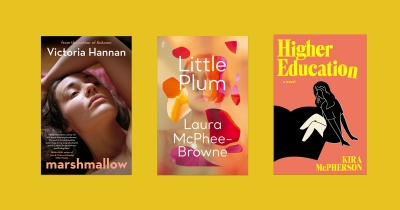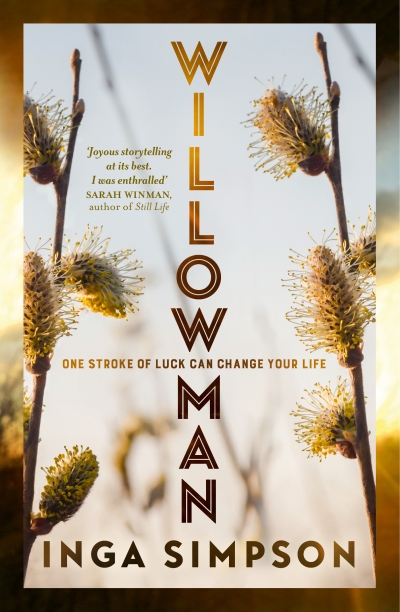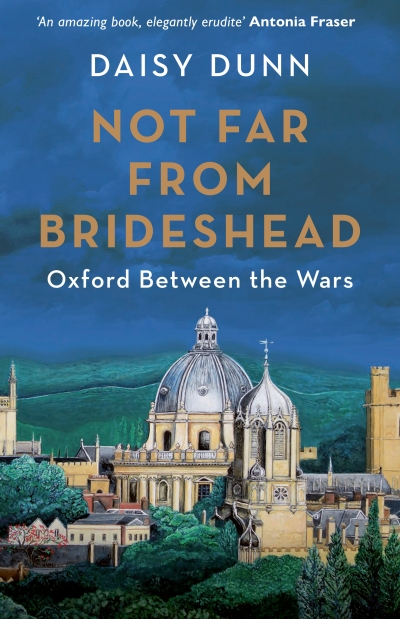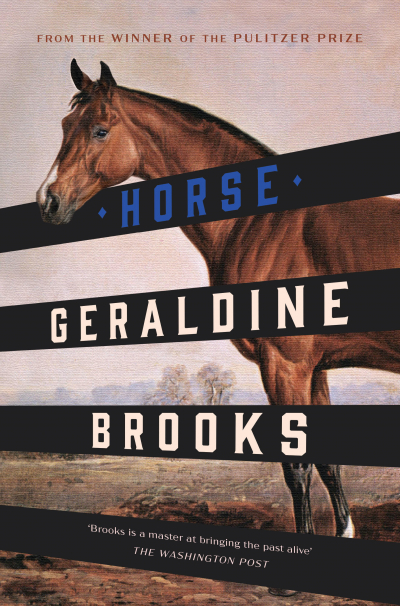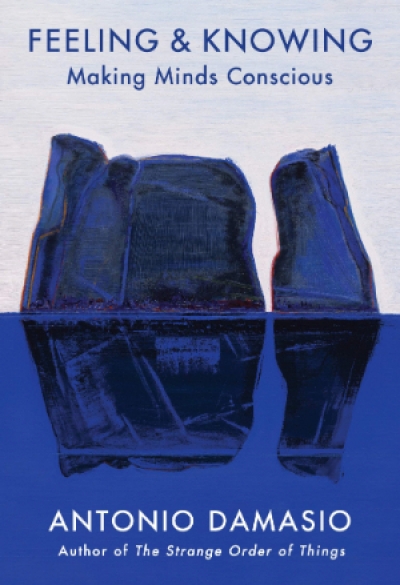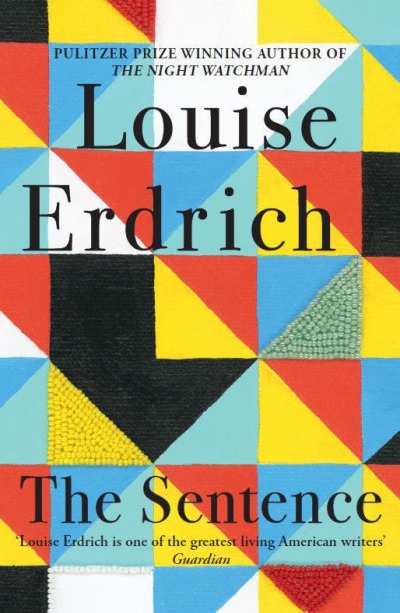Hachette
Marshmallow by Victoria Hannan & Higher Education by Kira McPherson
by Debra Adelaide •
Not Far from Brideshead: Oxford between the Wars by Daisy Dunn
by Miles Pattenden •
Feeling and Knowing: Making minds conscious by Antonio Damasio
by Diane Stubbings •
There are decades where nothing happens, and there are weeks where decades happen,’ Vladimir Lenin has been credited with saying, with reference to the Bolshevik Revolution. It’s a sentiment that immediately springs to mind when reading Jessica Stanley’s A Great Hope, a début that, while not billed as historical fiction, is deeply concerned with history and its making.
... (read more)
